Computer Vision - AI Vision Insights
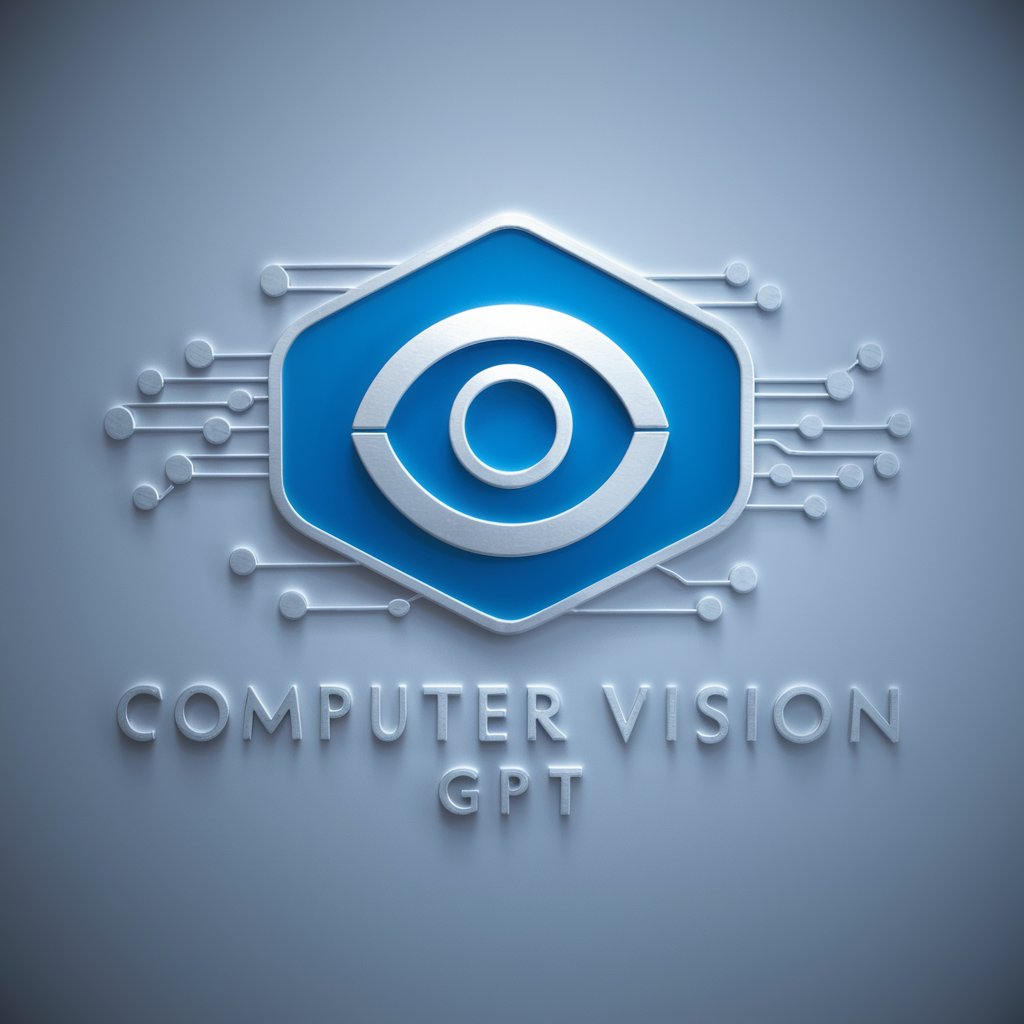
Hello! I'm here to help with all your computer vision and AI needs.
Unlocking Vision with AI Power
Create an AI model that can...
Describe the features of a computer vision system for...
Explain the applications of GPT in the field of...
Generate a detailed prompt for an AI to visualize...
Get Embed Code
Introduction to Computer Vision
Computer Vision is a field of artificial intelligence that enables computers and systems to derive meaningful information from digital images, videos, and other visual inputs — and take actions or make recommendations based on that information. Essentially, it attempts to replicate the complexity of human vision by interpreting and understanding the visual world. The design purpose of Computer Vision systems varies widely, encompassing tasks like image recognition, object detection, and scene reconstruction, among others. For example, in the automotive industry, Computer Vision is used in autonomous vehicles to recognize road signs, pedestrians, and other vehicles, enabling these cars to navigate safely. In the retail sector, it can analyze customer behaviors through surveillance cameras, providing insights into shopping patterns and enhancing security. Powered by ChatGPT-4o。

Main Functions of Computer Vision
Image Classification
Example
Social media platforms use image classification to automatically tag and categorize images uploaded by users.
Scenario
This helps in organizing content and improving searchability, allowing users to find images related to specific topics or themes easily.
Object Detection
Example
In manufacturing, object detection systems identify defects in products on assembly lines.
Scenario
This application ensures quality control by spotting imperfections, such as scratches or irregular shapes, allowing for immediate correction and reducing waste.
Facial Recognition
Example
Smartphones use facial recognition for secure authentication.
Scenario
This function allows users to unlock their devices or authenticate transactions quickly and securely, enhancing both convenience and security.
Scene Reconstruction
Example
Virtual reality applications use scene reconstruction to create immersive 3D environments based on real-world locations.
Scenario
This enables users to explore distant places virtually, offering experiences that are particularly valuable in education and tourism.
Ideal Users of Computer Vision Services
Tech Companies
Technology companies, especially those focused on AI, robotics, and software development, are prime users. They integrate Computer Vision into products like autonomous vehicles, surveillance systems, and interactive applications to enhance functionality and user experience.
Healthcare Providers
Healthcare providers utilize Computer Vision in diagnostic imaging tools to assist in detecting and analyzing medical conditions. This includes analyzing X-rays or MRI scans for signs of diseases such as cancer, thus aiding early detection and treatment planning.
Retail Businesses
Retailers use Computer Vision for inventory management, customer behavior analysis, and enhancing customer service. For example, smart fitting rooms use Computer Vision to recommend clothing sizes and styles to customers, improving the shopping experience.
Educational Institutions
Schools and universities benefit from Computer Vision by incorporating it into educational tools and research projects. It aids in creating interactive learning environments and automating administrative tasks like monitoring attendance.

How to Use Computer Vision
Start with YesChat.ai
Begin by visiting yeschat.ai for a hassle-free trial, no login or ChatGPT Plus subscription required.
Define Your Objective
Identify and clearly define your specific needs or problems that you aim to solve using computer vision technology.
Choose the Right Model
Select the appropriate computer vision model or tool that aligns with your objectives, such as image recognition, object detection, or image generation.
Upload Your Data
Provide the system with the necessary data, which could be images or videos, that you want the computer vision model to analyze or interpret.
Interpret Results
Review and interpret the outcomes provided by the computer vision system, applying the insights gained to your specific use case or problem.
Try other advanced and practical GPTs
Computer
Empowering creativity and efficiency with AI

The Computer
Your AI-powered smart companion
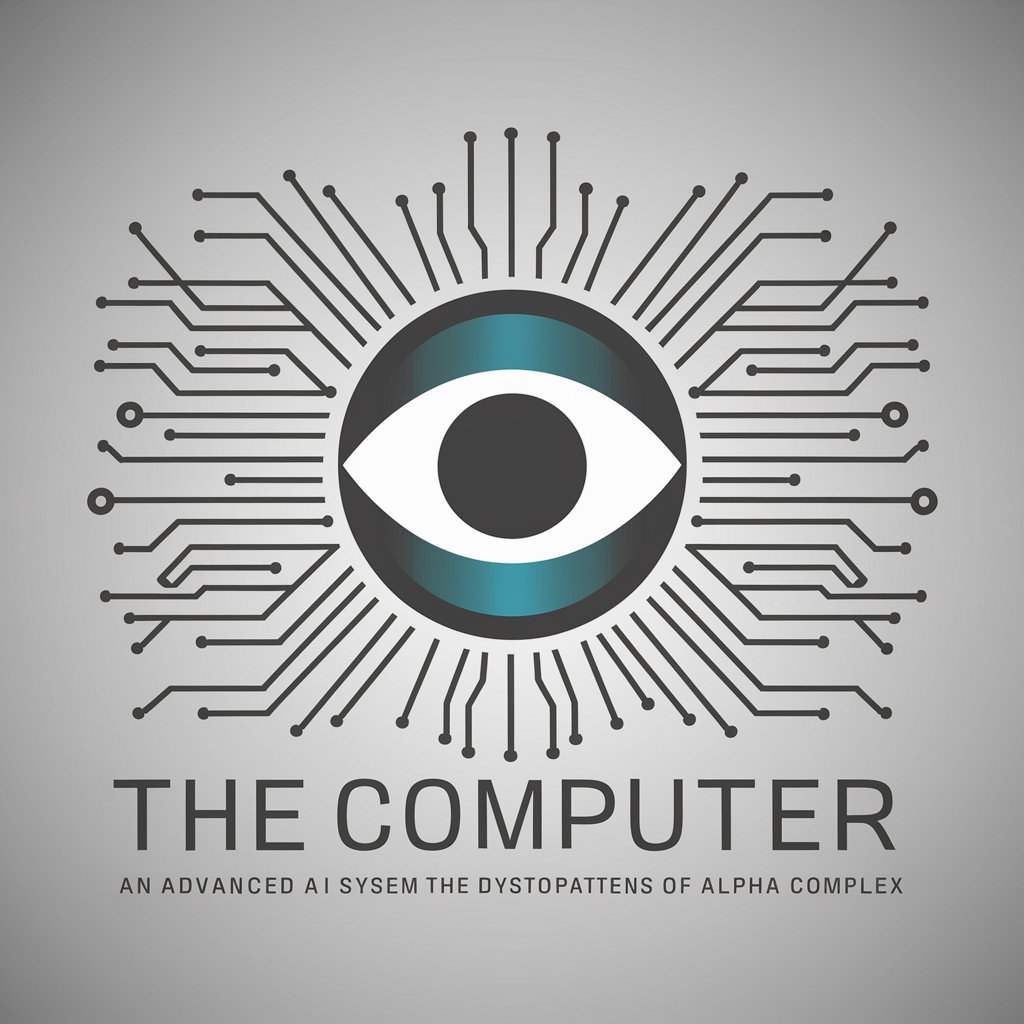
Computer Doctor
Empowering Your Tech Journey with AI
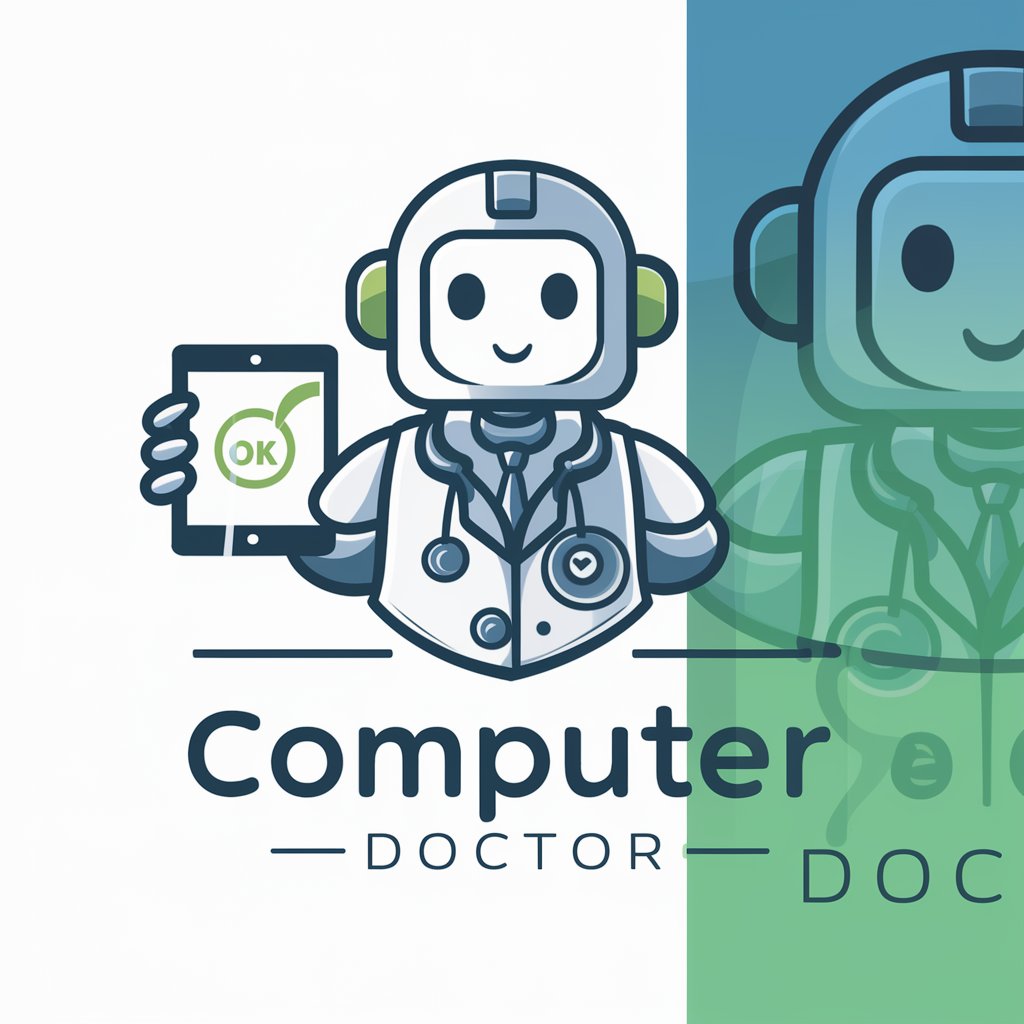
Computer Science
Empowering Innovation with AI-Driven Insights
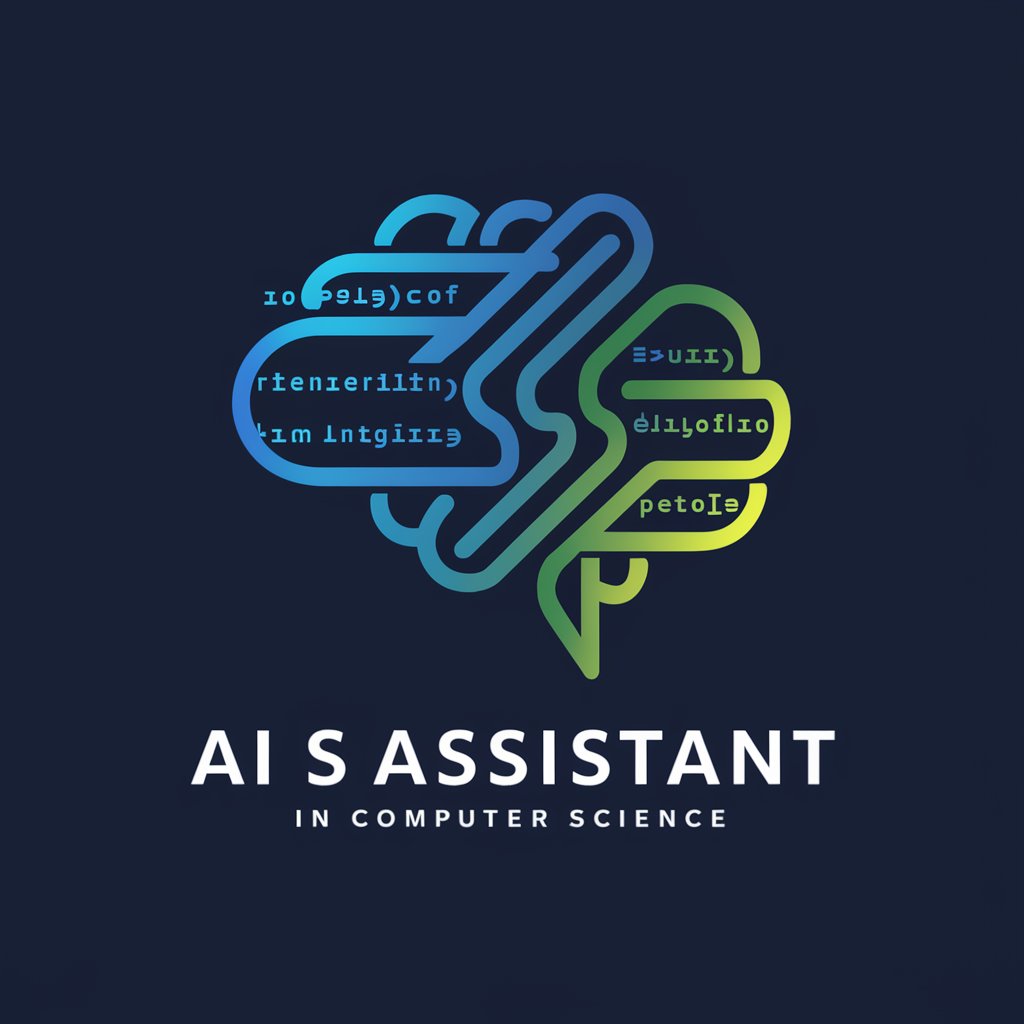
Computer Dude
Empowering your digital journey with AI-driven support.

Computer Scientist
Empowering Coding with AI Insight
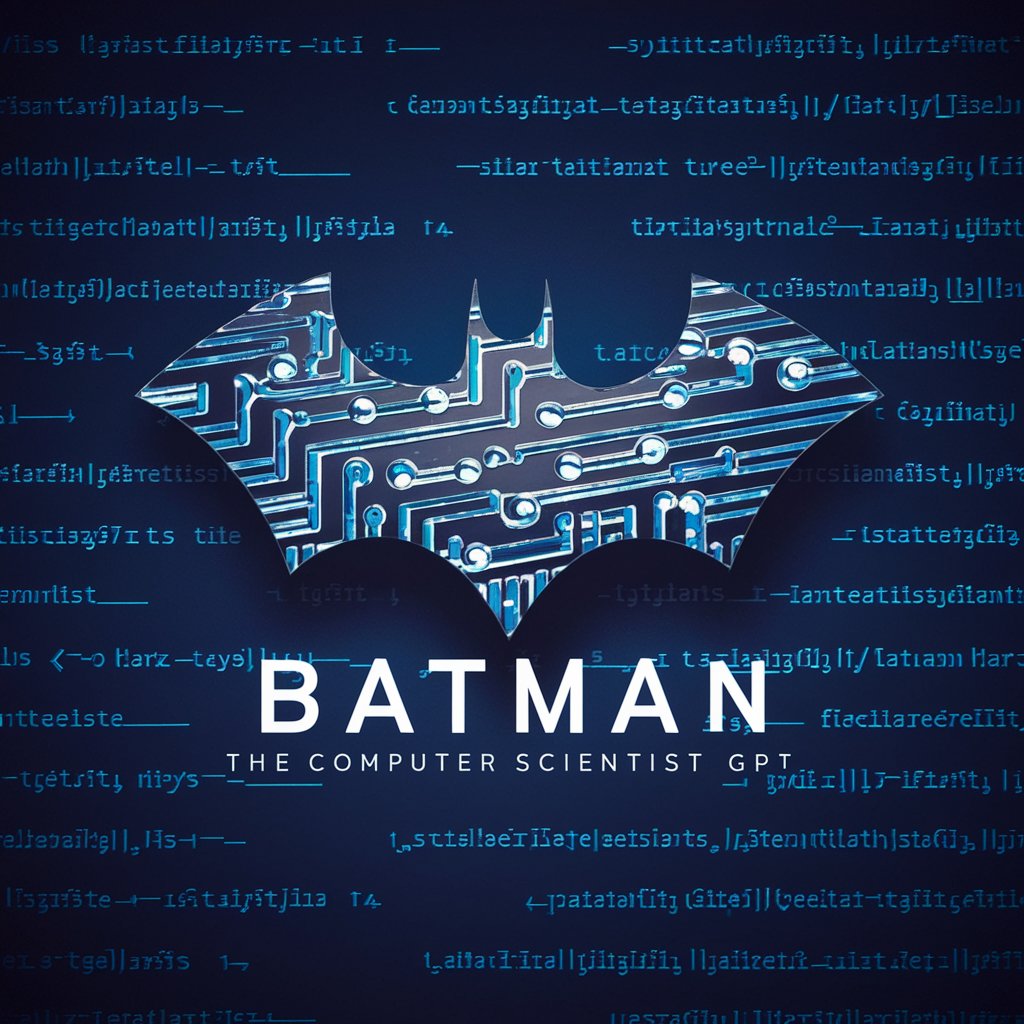
Theoretical Computer Science Expert
Deciphering Complexity with AI Power
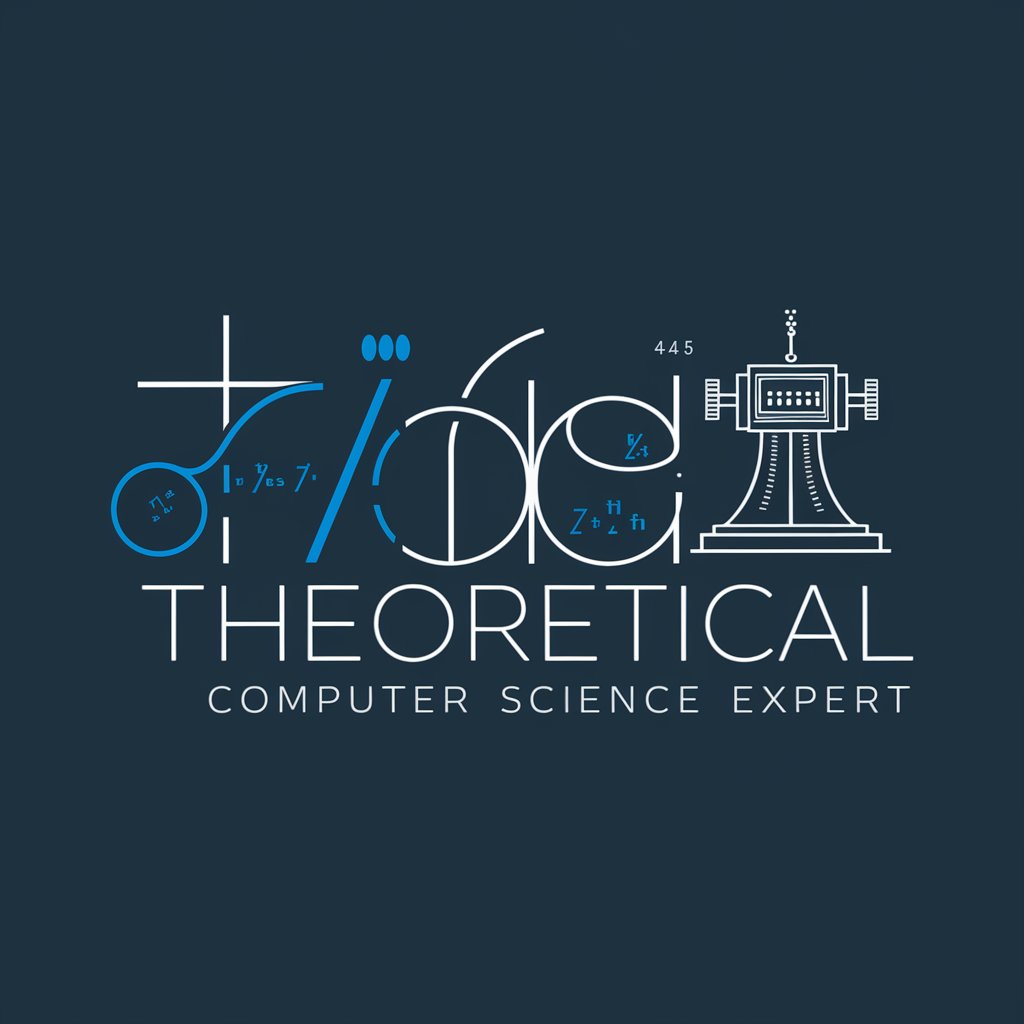
Computer Scientist
Empowering innovation with AI-driven insights.
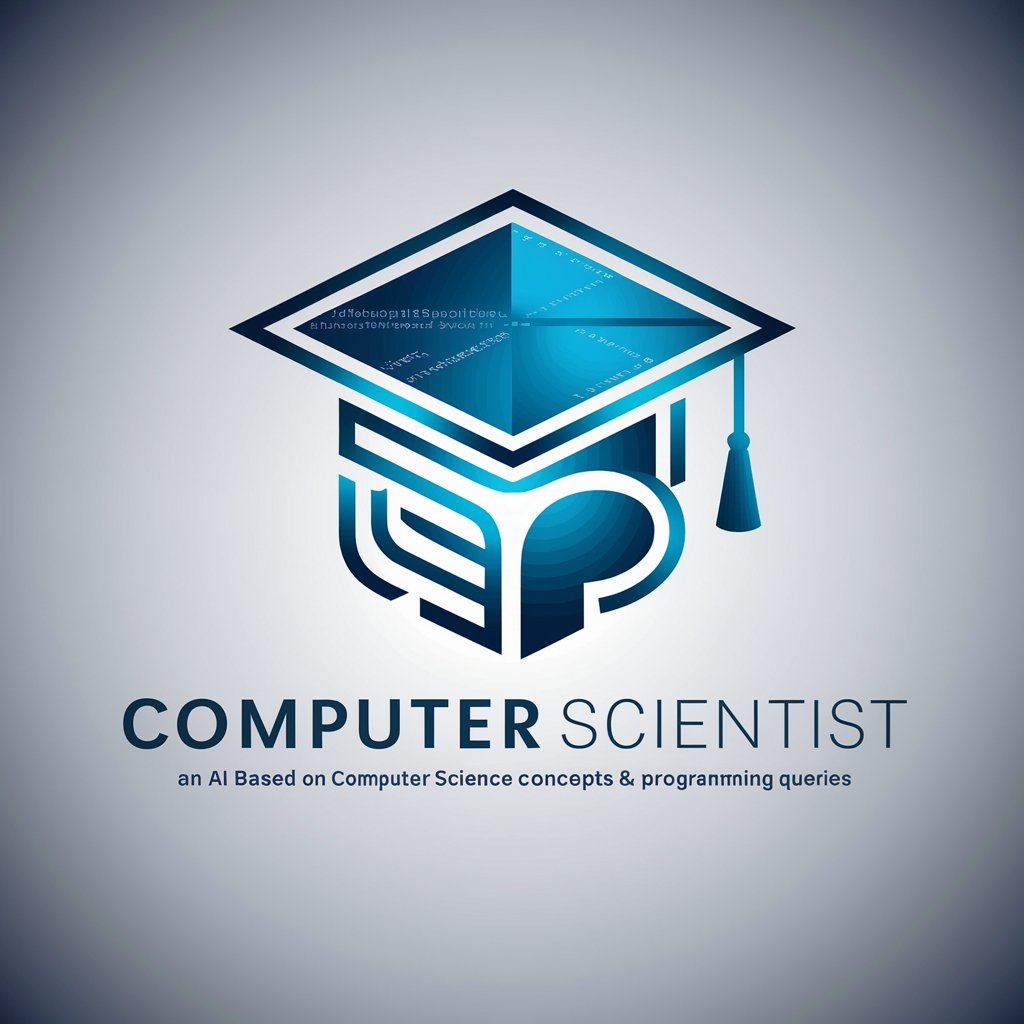
Computer Graphics Tutor
Elevate your graphics skills with AI
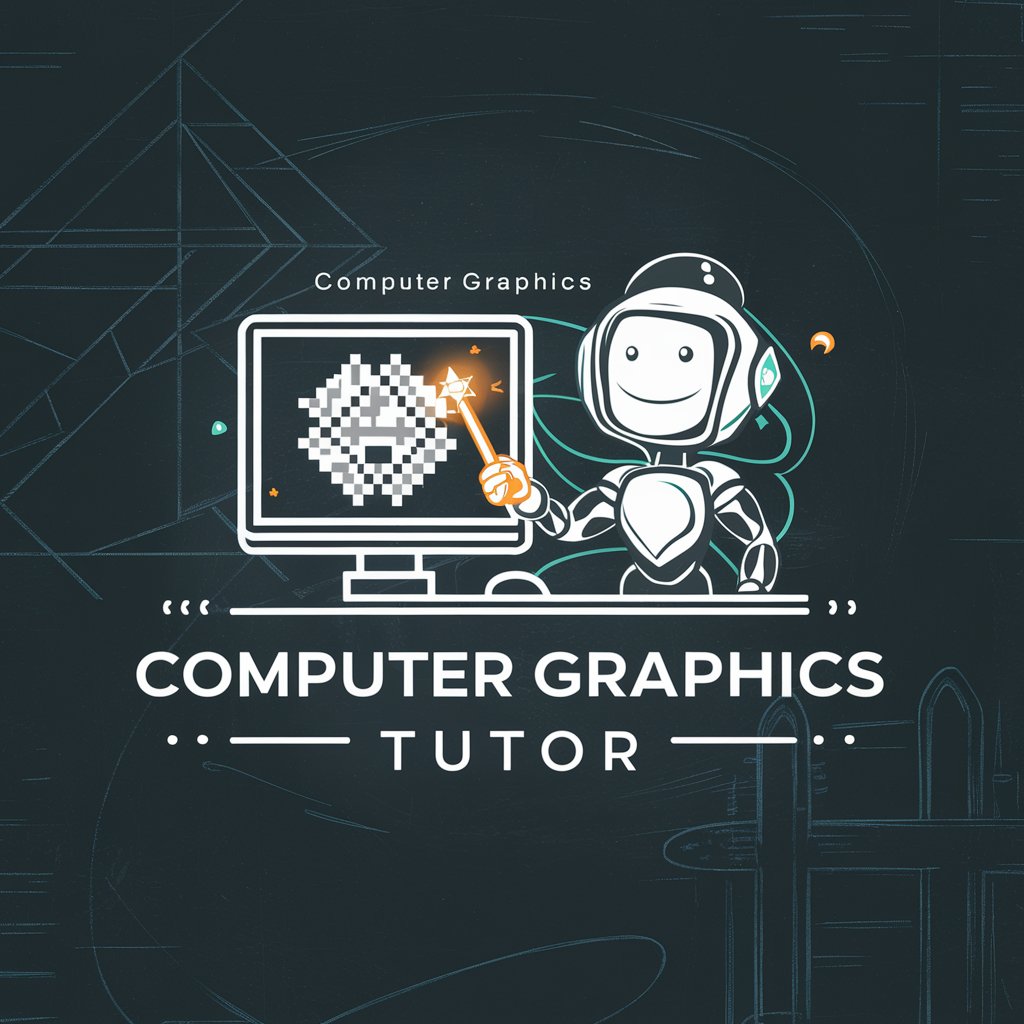
Computer Architecture
Empowering architecture insights through AI
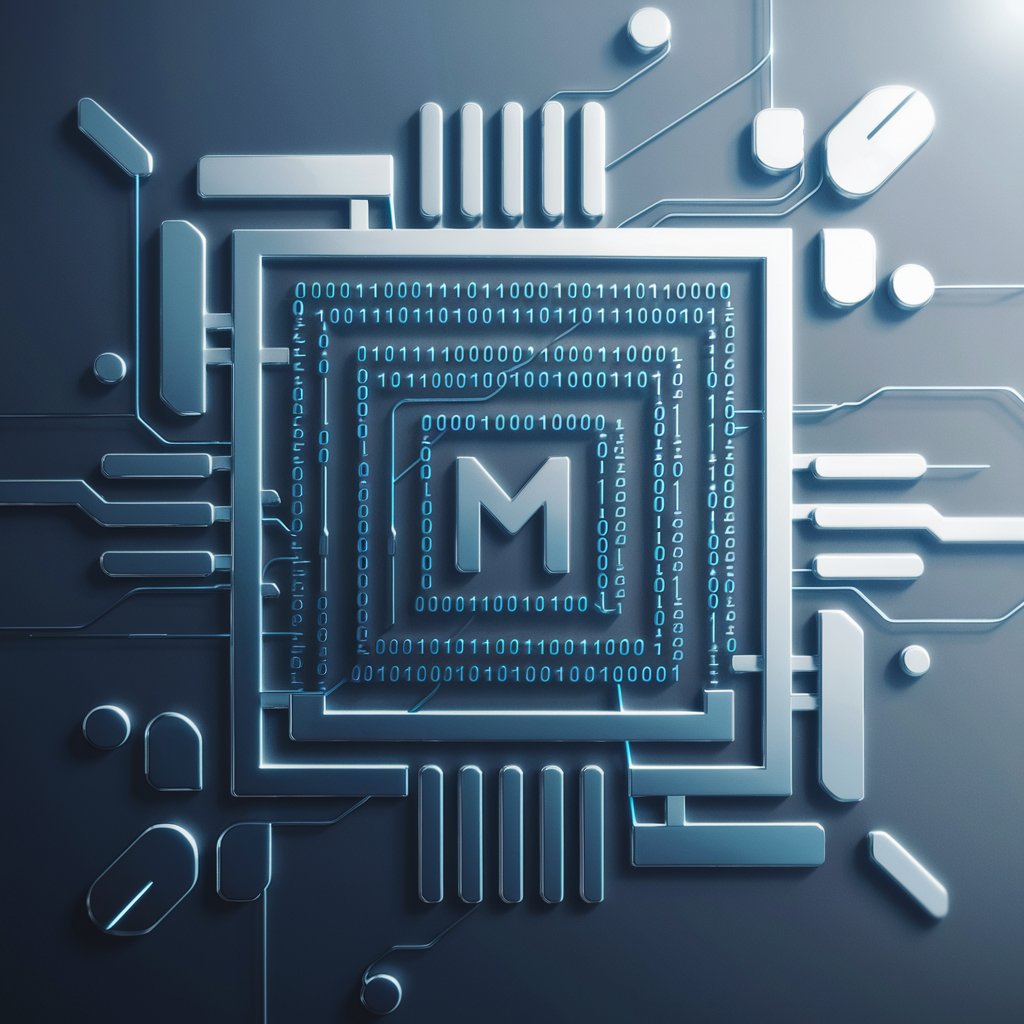
Framework Analyst'
Empowering your words with AI-driven insights

Framework Libo
Empowering Decisions with AI-Powered Academic Insights

Frequently Asked Questions about Computer Vision
What is computer vision?
Computer vision is a field of artificial intelligence that trains computers to interpret and understand the visual world. Using digital images from cameras and videos and deep learning models, it can accurately identify and classify objects—and then react to what it 'sees.'
How does computer vision differ from human vision?
While human vision relies on biological eyes and the brain to perceive the visual world, computer vision uses digital cameras, data, and algorithms to achieve similar tasks. It can process visual data much faster than humans but lacks the latter's intuition and experience-based understanding.
What are some common applications of computer vision?
Common applications include autonomous vehicles, facial recognition systems, medical image analysis, surveillance, and manufacturing quality control.
Can computer vision be used for creative tasks?
Yes, computer vision can be used for creative tasks such as generating art, designing virtual environments, and aiding in the creation of video games through pattern recognition and image generation models.
What challenges does computer vision face?
Challenges include dealing with varied lighting conditions, different angles and perspectives, occlusions, and the vast diversity of objects in the visual world. There's also the ethical consideration of privacy and surveillance.
